Participation now is one of the favorite planning approaches in the world. The emerging of bottom up planning is one of the basic concepts that encourage participation method. Bottom up planning was a respond to the unsuitable of top down planning in some urban and rural problems. The inappropriate solution to resolve a problem in an area was caused by lack of understanding and identification to the problem roots. Lack of communication usually is the main problem when it comes to miss understanding and identification. So that’s why participation of the local community is important to understand which the main reason that caused some problems is.
In here community participation is not always mean that community have to involve 100% in the development but community as the main sources and information. The involvement and participation level always depends on the cases and problems. The level of participation usually becomes one of the key successes of some development program especially that related with poverty issues. Poverty mostly happened because there is inequality in some aspects. Inequality in individual is related to income and inequality in development such as infrastructure and facilities (Sugiri, 2012). Both of the inequality types affected on poor people lives. This inequality leads to the declining of trust to the government and its development program. Lack of trust is one of the participation problems in participation concept implementation of Indonesia.
Participation method always is the friendliest method for some problems related to the low income people and inequality. In the urban area this inequality problem has a strong relation with the informal settlement problem or slums and squatters. And slum and squatters could leads to other problems such as criminality, urban aesthetic, and many more because problems are always related one another. So before the problems could create other bigger problems it would be better if this informal settlement could be resolved immediately. Urban informal settlement included on the millennium development goals and targets that stated in the year 2000 that focused on the poverty, hunger, disease, illiteracy, environmental degradation and discrimination against women and for improving the lives of slum dwellers (UN-HABITAT, 2003). So now many countries in the world put more effort on resolving and alleviating this poverty and settlement problems.
Community participation proved as the perfect way on alleviating poverty problem. Long time before the millennium development goals and targets stated in 2000 Indonesia already have an effort to facing the poverty and informal settlements problems and one of the most popular programs in Indonesia is KIP or what we know as Kampung Improvement Program. This program use participation as its basic approaches to the poor community in the urban area that usually lived in unhealthy and unplanned settlement location which usually called Kampung in Bahasa. Many cities in the world try to adapt this concept as one of the urban slums solution, the most famous KIP adaptations programs is Baan Mankong in Thailand. Both program in Indonesia and Thailand are could significantly reducing the housing problem in Surabaya City and Bangkok, and it’s all because of there are a good a communication and coordination between the entire stakeholder that involved including the community.
KIP (Kampung Improvement Program) in Indonesia firstly applied in Jakarta and Surabaya City in the era of President Soeharto in 1968. There are two objectives of the program, the first one is to provide the urban housing for the poor people so the poverty problem could be resolve as well. The second objective focused on the improvement of the coordination between stakeholders inside the KIP’s program. Physical improvement, economic and social development is three main aspects on the process of achieving the program objectives, and all of those aspects could be found in the three stages of development in KIP.
Physical improvement is the first initial step to do before social and economic improvement, physical improvement here including housing improvement, road and pathway improvement, drainage, health post and many more. The second step required a small-scale credit system for the community to develop the community economic live. The third stage use training and workshop as the tools for social development. The whole process of the development hopefully could create more sustainable neighborhood in all aspects and participatory still be the basic idea in the process of the development.
The participatory concept could easily found in every process of development in KIP. Finding and creating community development committee is the priority in the early stage of the program. The committee consists of the entire trusted people in the community that usually stands as the chairman of RT and RW. This mechanism makes people willingness to participate on the program increase because there are trusted people that will deliver their aspirations and watch the development process. This is a brilliant idea on alleviating the people trust on the government and other institutions especially because of most of them are poor people that have low education level.
The community has their own priority on the problem and development so that they get full authority to handle the planning, implementation, and monitoring by themselves with the guidance from the other involving institutions. This process significantly increasing the suitability level of the development related with environmental and social economic condition because the program have already maintain the participation from the identification and observation stages. The observation process called as community self-surveys, here the community try to find the problem and opportunity of their neighborhood. The basic information that their gained including the housing condition, availability and service quality, availability and infrastructure quality, community status, and another aspect that relevant such as participation, stakeholders, and many more.
Besides increasing the suitability level of the development, community self-surveys also affected on the growth of the sense of belonging not only between the community and its neighborhood and environment but also inter community. This kind of feeling will increasing the sustainability level of the development because peoples will keep what their loved, it is the basic feel of humanity. This method was a very precise method for Indonesia condition so that’s why Indonesian people especially low income people always looking for a heartwarming leader that they can trust.
Baan mankong cases in Thailand which is adapted KIP for their slum upgrading program used the same participation method. Indonesia and Thailand has the same problem with the urban housing for low income people. Thailand capital city, Bangkok, has many canals inside the city and a big river called Chao Praya River. In the past days the lands near the canals used by the Bangkok inhabitants to do farming activities, but it’s already long time ago and in the recent years many of the canals sides now occupied by Bangkok inhabitants for informal settlements. Lands besides the canals in some cities usually placed as a green belt open space, but because of the development and migration that happened, Bangkok become lack of undeveloped lands inside the city so that’s why many people started to expand the lands to become urban settlements.
The growth of the informal settlement in Bangkok is very high and the government realizes it. Baan mankong is the program that responds to the rapid growth of slums, this program first emerges in the year 2003. Baan mankong targeted one million secured housing for poor peoples in five years, but developed not only physical infrastructure but also developed the human social and economic activities. The goals and objectives of the program are similar to the Kampung Improvement Program, but the implementation of the program is different because of the different culture and environment condition.
Baan mankong program has many different ways to resolve slums problem especially in Bangkok city. The concept of every community groups are different it’s all depend on the community decision towards their settlement. There are on-site upgrading, public housing, land readjustment, and site and services. On-site upgrading was a concept that focusing on the improvement of the infrastructures and facilities and also in the readjustment of the settlement to get more healthy and neat in the same area. Public housing is an idea of giving a new settlement and environment to the community but still considering the distance to the community working area. Usually public housing here is in the form of vertical housing that need less lands but still can occupied many peoples. Land readjustment is trying to accommodate the slums to be more healthy and neat but not in the same spots of the old settlement, but the new settlement spot did not far from the old ones. And the last one is site and services, this method is similar to the on-site method because the community does not have to move from the original area and government and other institutions accompanying the community in the improvement and development process.
The concept choices of the slum upgrading 100% depends on the community decisions but still get some advices from the government and other institutions especially from the expert and academician side. For example is the Bang Bua community in the north of Bangkok choosing on-site upgrading as the solution of their settlement problem. Bang Bua basically was the name of one from many canals in Bangkok, and because of this community lives besides the canal that’s why it’s called as Bang Bua community. Although the settlement location is much closed to the canal and will dangerously affecting the community in rainy days because of flood but the community insists to do their settlement upgrading in the original area because of the distance reason.
Bang Bua joined Baan mankong program in the 2003 because some reasons, such as bad environmental, high level of crime (drugs seller), flood problems, poor sanitation, poor access, low sense of belonging, and aesthetic problem. Crime is the biggest reasons why the Bang Bua community wants to join the program. The awareness to the next generation is the most important think they realize, the community barely think that their way of life is bad for the children growth. Unstable economic and unhealthy environment makes some people wants some changes. So since 2003 Bang Bua started their first step on developing and improving their settlement. Most of the people who lived in Bang bua were a migrant from the north east of Thailand.
The initial step done by the Thailand government is a continuous meeting with the community. Because there are no RT and RW like in Indonesia, the government tries to makes a small election in the community to find the trusted person to lead the development inside the settlement. The community involve in the process of planning and decision making to their environment development. The planning process in Bang bua was accompanied by the expert from Sripathum University of Thailand. In Bang bua the settlement being readjusts to make a more neat settlement. After getting the permission from every house owner in Bang bua the housing scheme planning started to do.
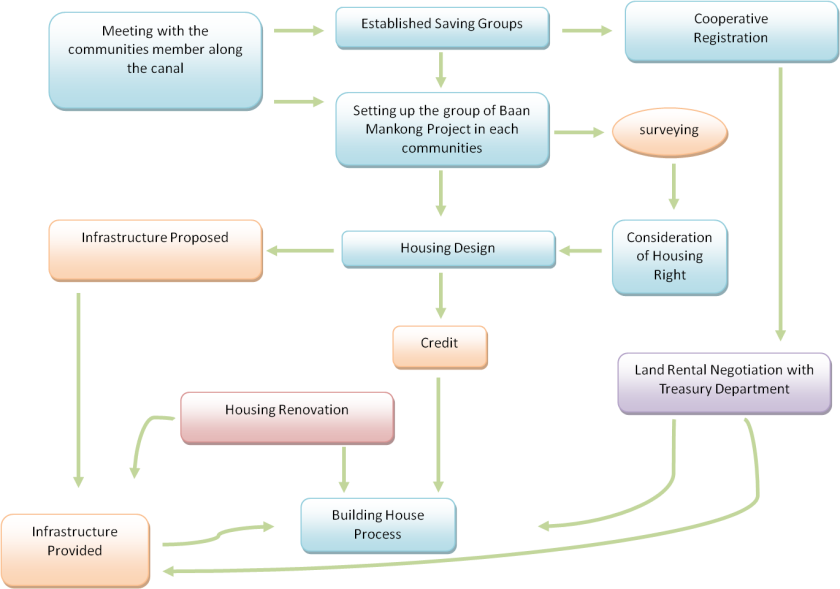
Sources: Fourth Group Planning Studio Analysis, 2010
The Development Process of Slum Upgrading in Bang Bua, Bangkok
The community does the master plan and the housing design by themselves, they coordinate and communicate in a monthly meeting. The community divided into 10 groups that consists of five to six households and then decided the loans and the houses distribution. It continued with another facility and basic infrastructure development to create a better settlement and environment. And to increasing their sense of belonging, they built the houses by themselves by the helped of all people in the community. In the end there are a social economic development that relies on the community home creative and another skills training.

Sources: Bang Bua Community Documentation, 2010
Community Participation and Envolvement
The participation model in Thailand is clearly developed, and almost all the decision making was in the hand of the community itself. The government and institutions stands as the facilitator, adviser, and provider. The community stands as a planner and controller of the development. Clear division on role and function makes this program runs more effective and efficient. Compare to the participation in Indonesia especially in the KIP program, although the participation ideas already deliver nicely but there are still some government intervention on the planning and implementation. There is also no clear roles division in the program implementation.
KIP in the past years was a big success that recognized by many countries around the world, they also try to adopt this concept to resolve their settlement problem in their cities. But in the recent condition, with still high number of informal settlements in Indonesia KIP is difficult to once again apply. The decreasing of people trust to the government and also overlapping roles and institutions function was some obstacles on applying KIP in this era. Now government tends to choose eviction as their solution to the informal settlement problems. It does not resolve problem but creating more problems. By eviction people will difficult to develop their lives makes the economic condition even worse, it also increasing the unemployment level.
Government has to be wiser on controlling and resolving many problems especially related to the poverty alleviation and urban settlement improvement. Participation model still be one of the best choices on facilitated those problems. But it has to be supported institutionally and financially. Indonesian government has to restructures its roles and function so that there are no more tackles from institutional aspects. So that government and other institutions could gain more trust and willingness of the target people and community.
References:
Bang Bua Community Presentation. 2010. Bangkok.
CODI presentation. 2010. Community Organization Development Institute: Bangkok.
Dhakal, Sobhakar. 2002. Comprehensive Kampung Improvement Program in Surabaya as a Model of Community Participation. Urban Enviromental Management Project: Kitakyushu.
Planning Studio Product. 2010. Diponegoro University: Semarang.
Sheng, Yap Kioe. 2011. Urban Challenges in South-East Asia. Asia Pasific Urban Forum UN Economic and Social Commisions: Bangkok.
The Challenge of Slums Global Report on Human Settlements. 2003. UN-HABITAT.
The World’s First Slum Upgrading Program. 2006. UN-HABITAT: Vancouver.
Viratkapan, Vichai and Parera, Ranjith. 2004. Slum relocation projects in Bangkok: what has contributed to their success or failure?. Habitat International 30 (2006) 157–174.


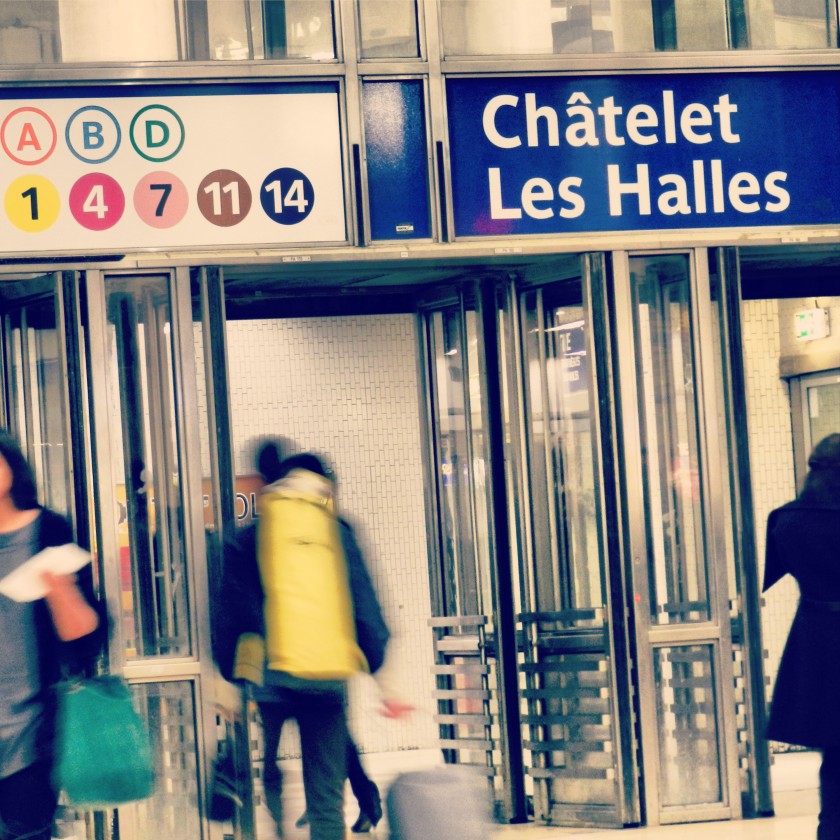



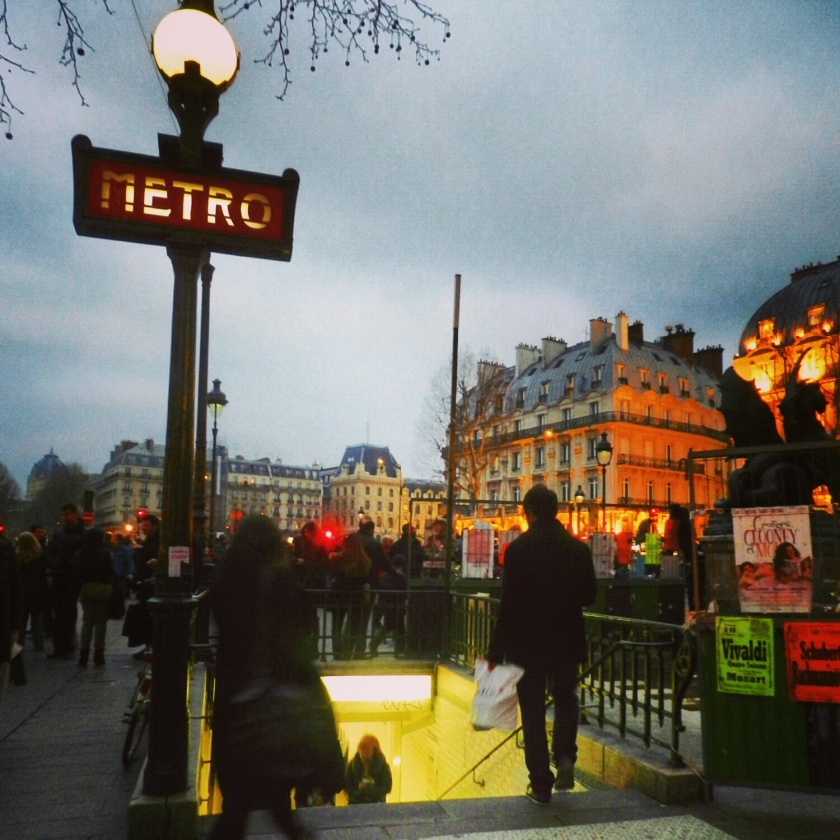

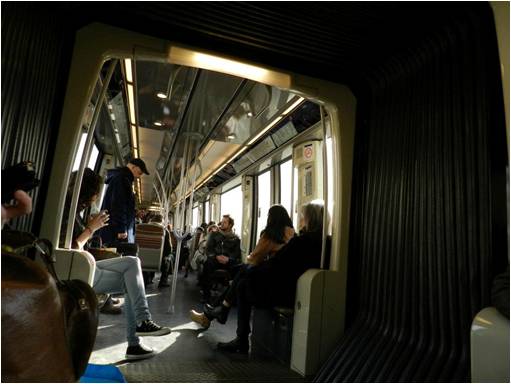

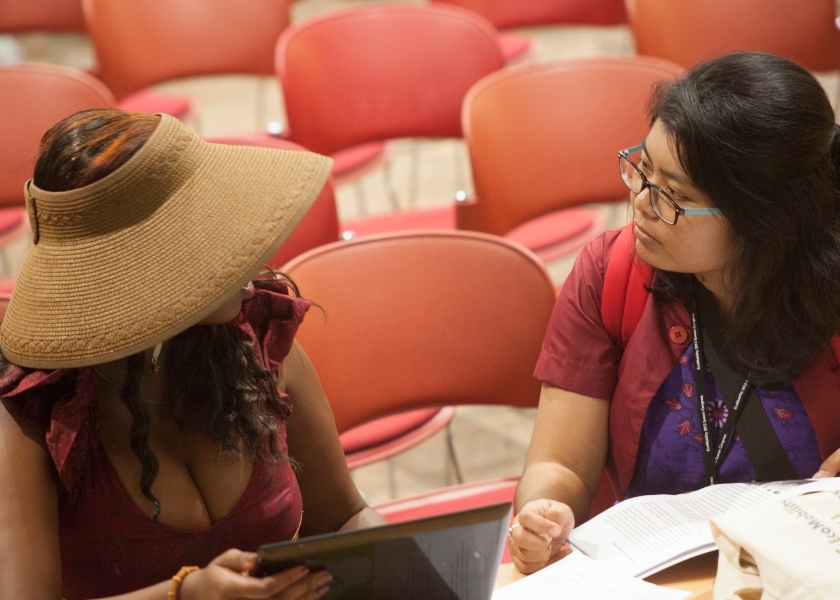







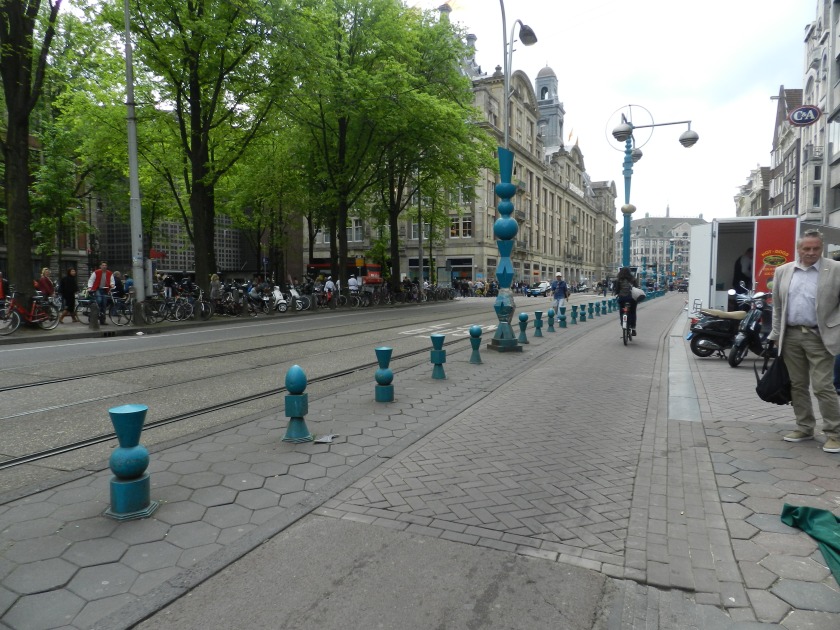

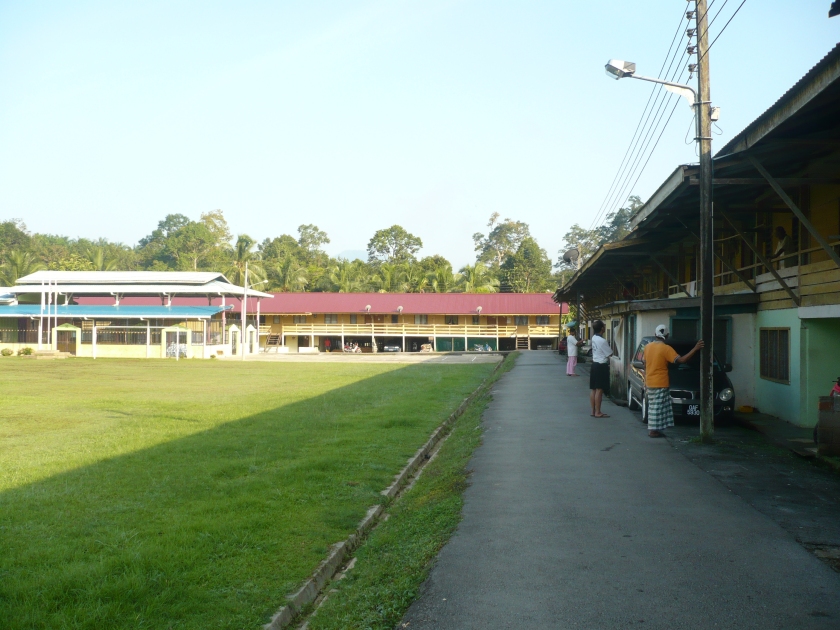


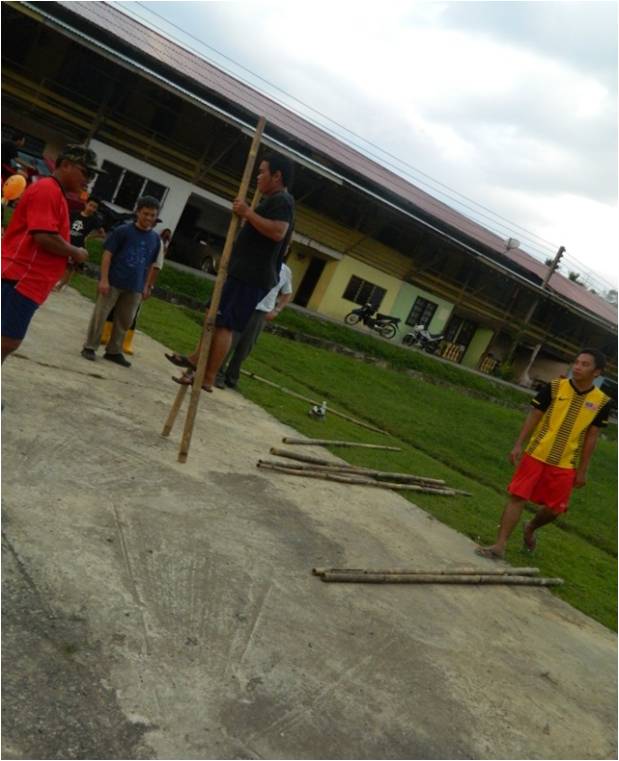
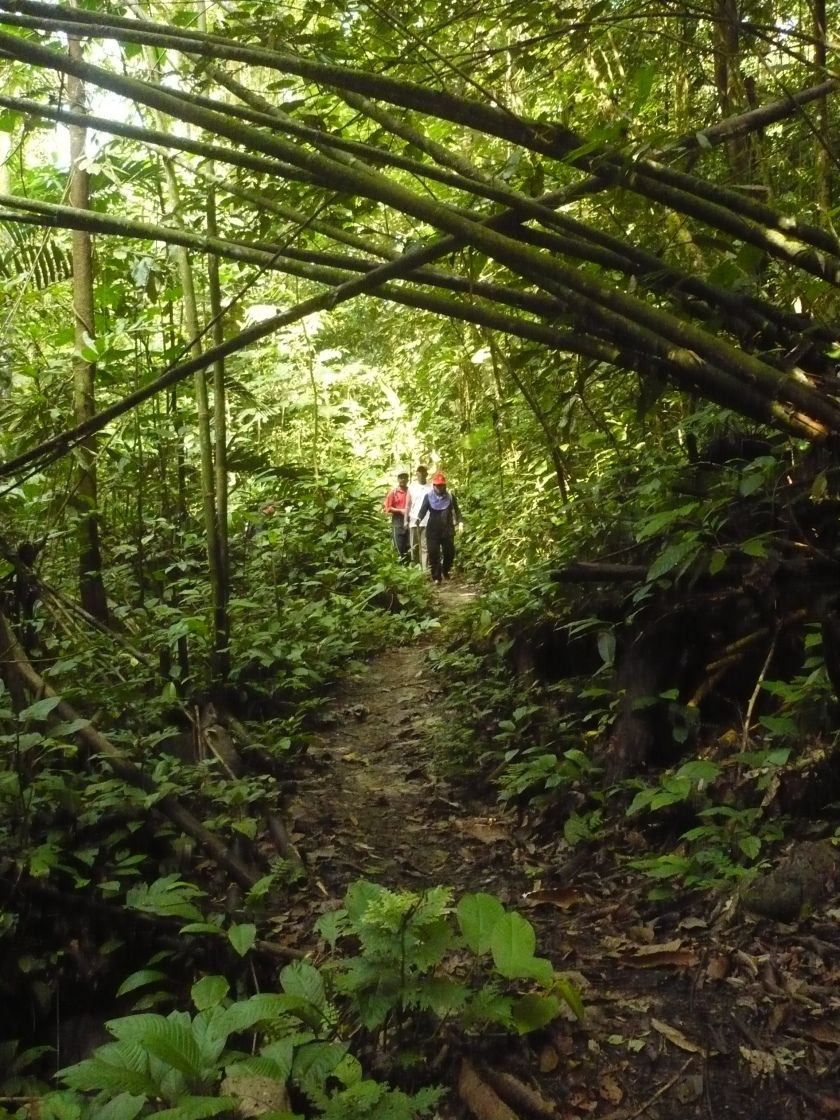



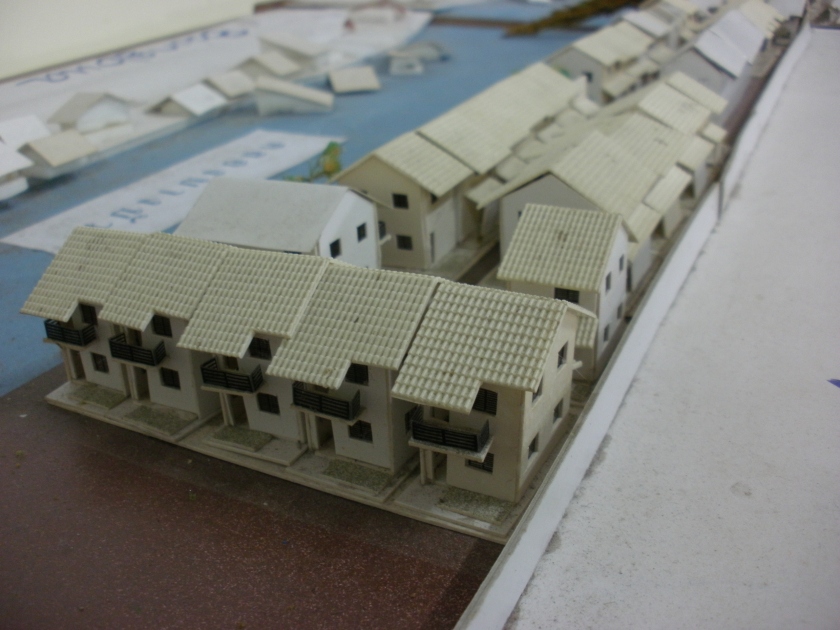


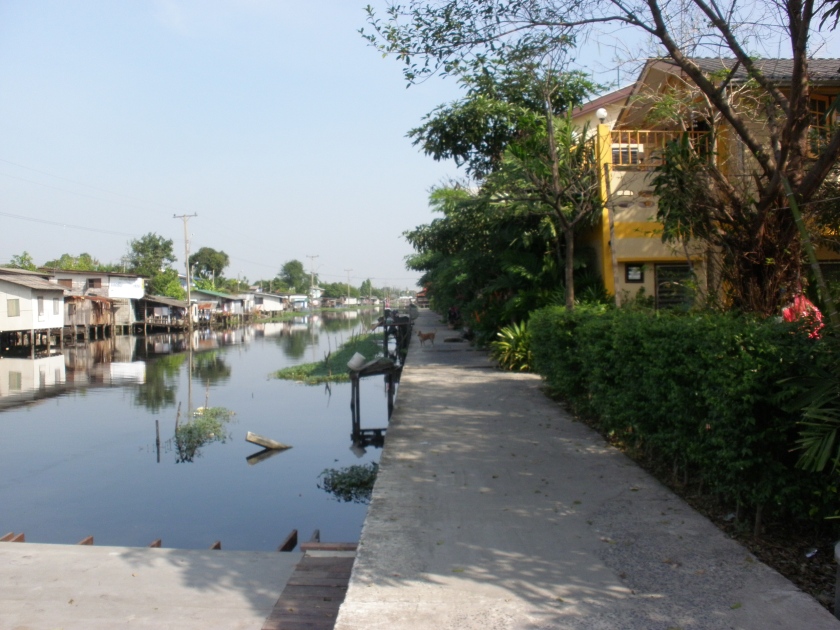

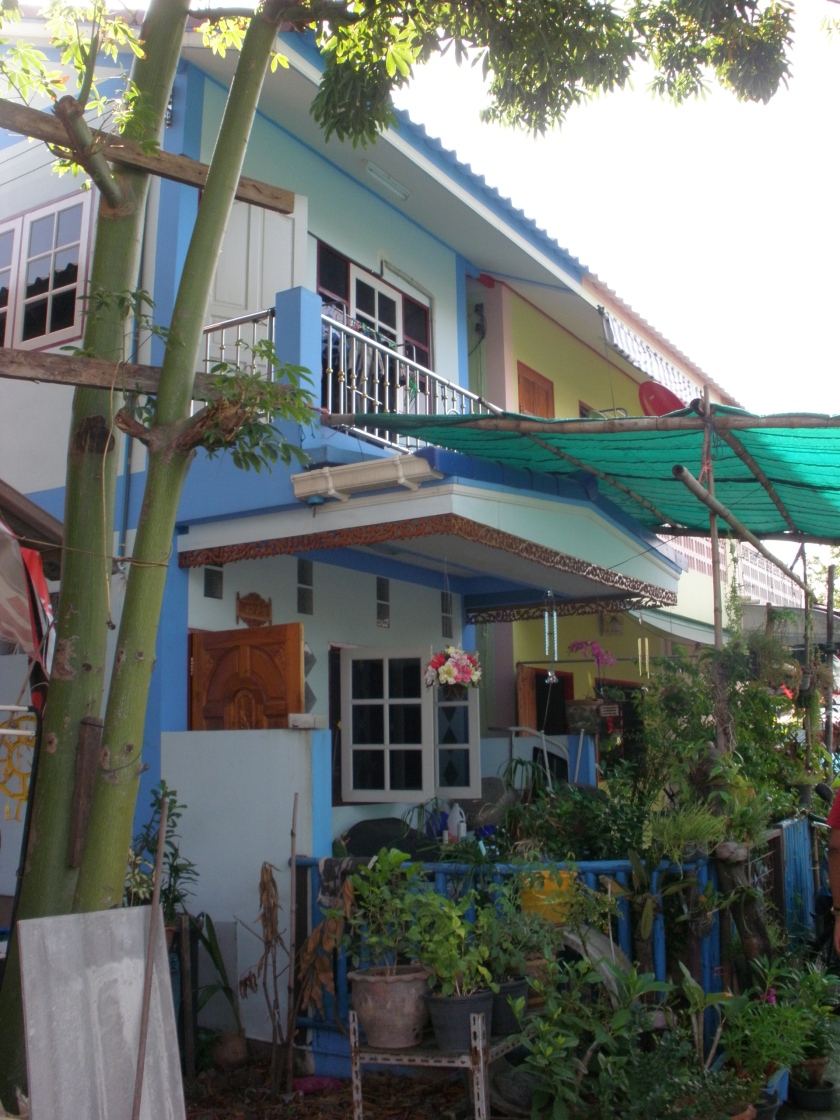 The Houses Become Healthier and neat …
The Houses Become Healthier and neat …

